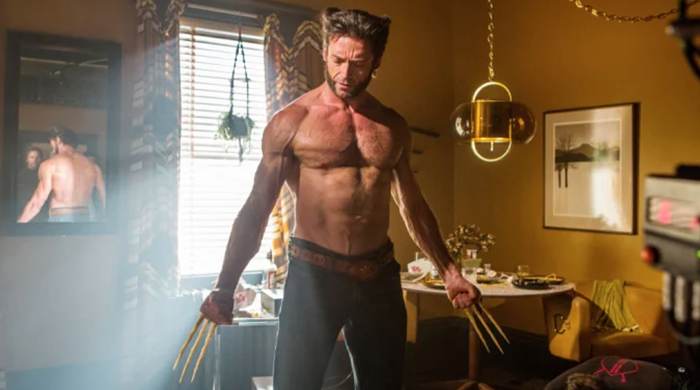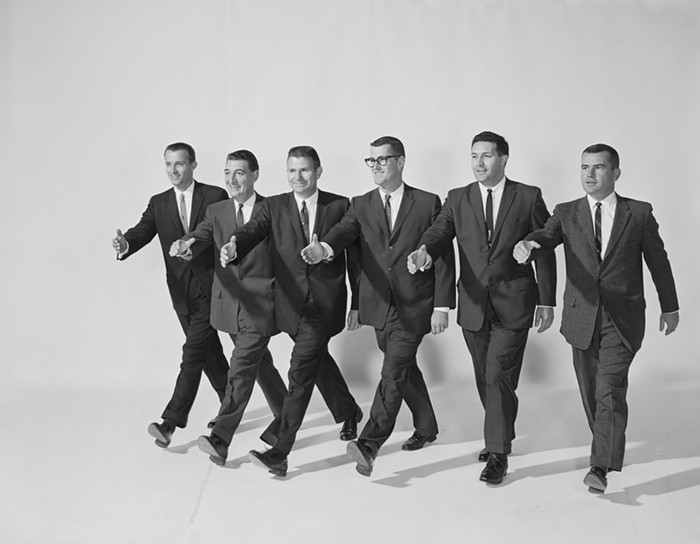
It’s a phenomenon almost everyone can relate to: You make a plan to go the gym in the morning. You get your gym bag ready and set your alarm the night before. But when that alarm goes off in the morning, you hit the snooze button and trade a workout for more sleep.
This situation might feel so commonplace that it doesn’t need to be explained—but for behavioral scientists like Elizabeth Weingarten, it’s a classic example of the often invisible “intention-action gap,” or “the space between the thing that we want to do, and that we ultimately end up doing.”
That space is what Weingarten studies at Ideas 42, a nonprofit that uses behavioral science to find solutions for social problems ranging from college affordability to the opioid addiction crisis—and now, Ideas 42 is working with the Portland Bureau of Transportation (PBOT) to find ways to encourage people to use more environmentally sustainable forms of transportation.
Portland is known for being a bike-, pedestrian-, and transit-enthusiastic city, but according to recent data, about 70 percent of people living in the Portland Metro area still use a car as their primary form of transportation. That’s less than other cities, but it still makes for a clogged road system and a significant contribution to the world’s ever-climbing amount of carbon emissions.
Last year, Portland was named one of the winning cities in the Bloomberg American Cities Climate Challenge, a private initiative funded by Mike Bloomberg to help cities reduce their carbon emissions. The $2.5 million prize includes funds for PBOT to work with Ideas 42.
That work is just getting started, and will wrap up in early summer of 2020. Weingarten said her team will be working with PBOT to figure out how planned structural changes to the city’s transportation system—like the 18 projects associated with Central City in Motion (CCIM), most of which have not yet been carried out—can include behavioral science concepts from the start.
“We have this opportunity to incorporate behavioral design into the structural changes that are happening,” Weingarten said.
That might take the form of a “process audit,” or work to identify the barriers that come up when people try to make a sustainable transportation choice—Weingarten pointed to the hassle of filling out paperwork to sign up for a reduced-cost transit pass as an example—and finding ways to reduce those hassles, or at least provide extra encouragement for people to overcome them.
“People still aren’t doing it as much as we want them to, and the question is, 'Why?'” Weingarten said. “And sometimes the 'why' is because the process itself is really challenging, or the information isn’t being communicated with what we know about human behavior in mind."
Portland is one of 20 cities that Ideas 42 is working with through the American Cities Climate Challenge. Weingarten said each city has its own “idiosyncrasies” that present unique behavioral science challenges—but that Portland is a city rich with opportunity. In addition to CCIM—which includes making Better Naito permanent—PBOT also has a plan to add red priority bus lanes to streets across the city.
“There’s a tremendous amount of awareness about sustainability [in Portland] and wanting to reduce carbon emissions, which is really great,” she said. “The opportunity that we see in Portland is that there’s this structural change.”
While Portland may have a population that cares about sustainability, it’s also a city with miles of unpaved, sidewalk-less streets, and traffic deaths that aren’t declining despite efforts from PBOT. Weingarten stressed that behavioral science can only go so far—and that in order to incentivize taking public transportation or biking as alternatives to driving, Portland needs to have a transportation system built to accommodate that switch.
“What we would never want to do is try to encourage someone to take the bus if that infrastructure wasn’t there for them,” Weingarten said. “If they didn’t have access to a really good bus line, or if the route they were going to take was significantly longer or more onerous than taking the car, that’s something we would not want to nudge somebody to do, because clearly the structural change isn’t matching up with the behavioral change.”



















